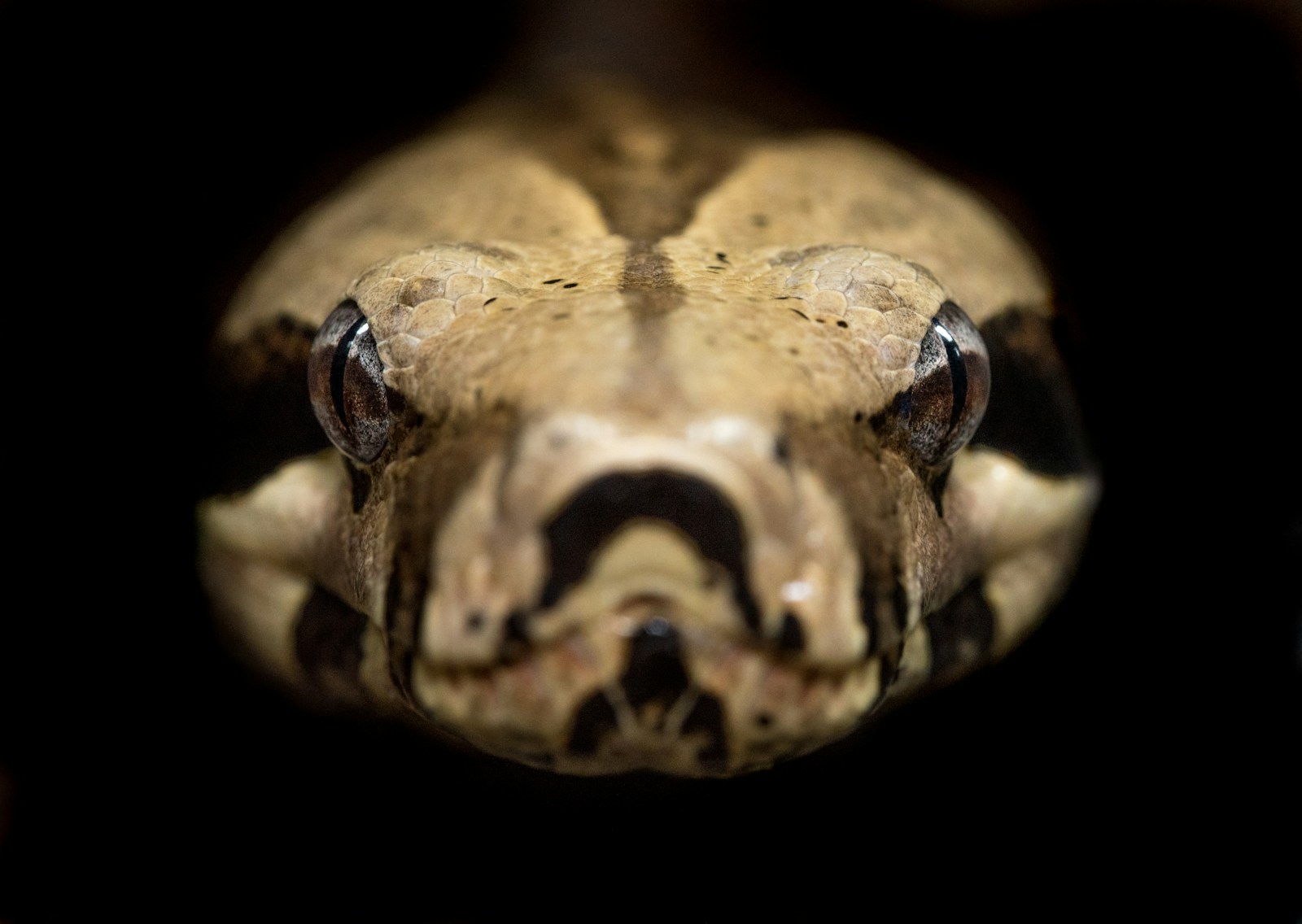When we think about pet personalities, dogs and cats often come to mind first. However, our slithery companions have unique preferences and behaviors too! One fascinating way to understand your snake’s personality is by observing their preferred hiding places. Just as humans have favorite spots to retreat to when seeking comfort, snakes develop preferences that can reveal surprising insights about their temperament, health, and overall well-being. Let’s explore what your snake’s favorite hiding spot might be telling you about their personality and needs.
The Science Behind Snake Hiding Behaviors

Snakes are naturally secretive creatures that have evolved to seek shelter as a survival mechanism. In the wild, hiding serves multiple purposes: protection from predators, thermoregulation, ambush hunting, and stress reduction. This deeply ingrained behavior doesn’t disappear in captivity, which is why providing appropriate hiding spots is essential for any snake enclosure. Your snake’s specific hiding preferences aren’t random—they’re influenced by their species, individual personality, and current physical state. Understanding these patterns can help you create a more suitable environment and develop a deeper connection with your reptilian friend.
Under the Substrate Diggers
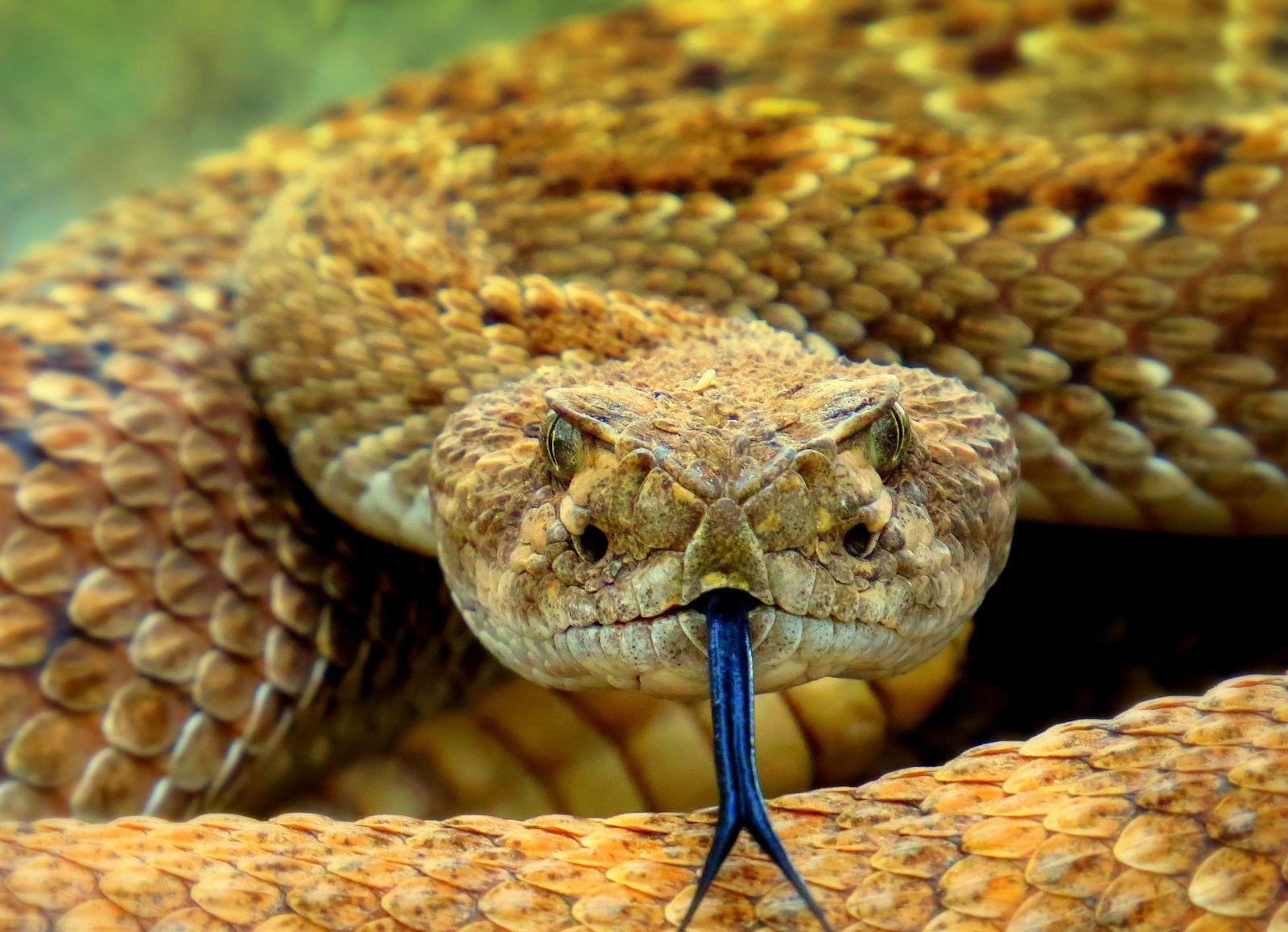
Snakes that prefer burrowing beneath their substrate are often displaying natural instincts tied to their wild ancestry. Species like sand boas, children’s pythons, and some king snakes are known for this behavior, as they would naturally live in loose soil or sand in their native habitats. If your snake frequently disappears under the substrate, you likely have an independently-minded pet who values privacy and security above all else. These snakes may be more shy around handling initially but often become more comfortable with consistent, gentle interaction. Providing a deeper substrate layer (at least 3-4 inches) for these natural burrowers can significantly reduce stress and promote healthier behavior patterns.
The Tight Space Seekers

Some snakes consistently choose the smallest, tightest spaces in their enclosure—wedging themselves into tiny crevices between decorations or in narrow hide boxes. This preference typically indicates a snake that prioritizes security and may be more naturally cautious or anxious. The pressure against their body creates a sense of safety reminiscent of how they might hide in tight rock crevices in the wild. If your snake displays this behavior, they may benefit from multiple snug hiding spots throughout their enclosure. However, be careful that these spaces aren’t too tight—your snake should be able to move in and out easily without risk of injury or getting stuck. A snake that suddenly begins seeking unusually tight spaces might be feeling vulnerable due to environmental changes or health issues.
Elevated Hide Enthusiasts
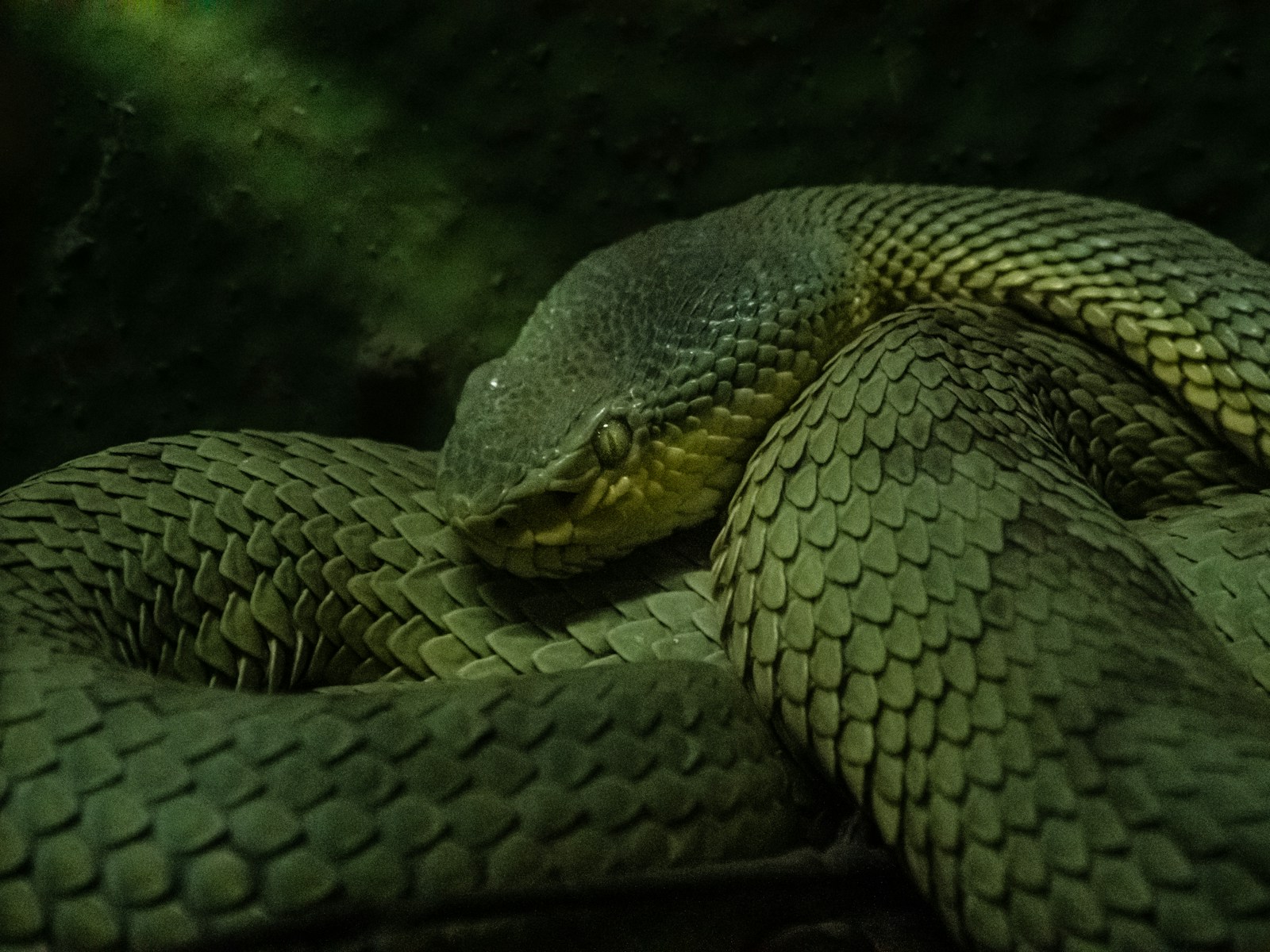
Not all snakes are ground-dwellers in the wild, and this behavior often translates to their hiding preferences in captivity. Arboreal species like green tree pythons, emerald tree boas, and some rat snakes often prefer elevated hiding spots that mimic their natural canopy environment. If your snake regularly seeks out the highest points in their enclosure or hides in elevated caves or foliage, you likely have a confident, exploratory pet with strong climbing instincts. These snakes typically display more active, curious personalities and may be more visible in their enclosures compared to substrate-dwellers. Providing branches, secure ledges, and elevated hide boxes will help satisfy their natural instincts and contribute to their psychological well-being.
The Humid Hide Lovers
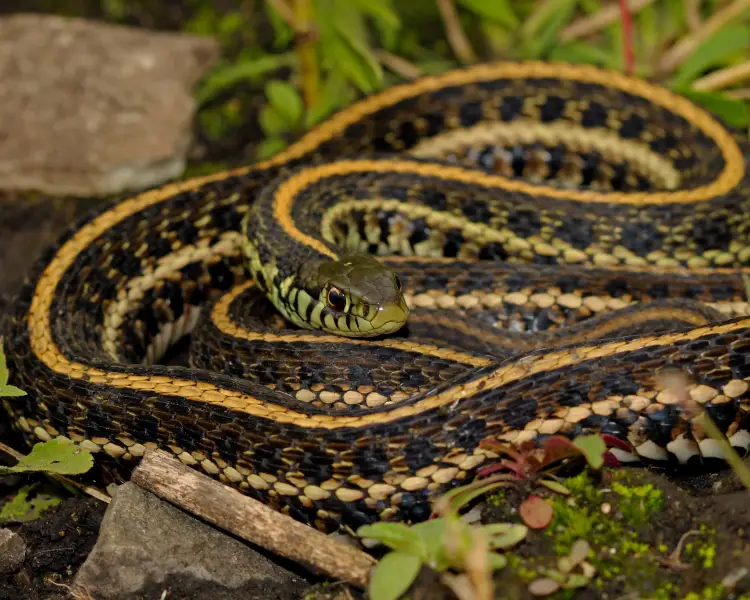
Snakes that consistently choose the most humid hide in their enclosure are communicating important information about their environmental needs. This preference is particularly common during shedding periods when increased humidity helps facilitate the shedding process, but some snakes show this preference consistently. Species like ball pythons and many tropical colubrids often seek out humid microenvironments to maintain proper hydration and skin health. If your snake gravitates toward the moist hide even when not in shed, they may require higher overall humidity levels in their enclosure. Alternatively, they could be experiencing early stages of respiratory issues or dehydration, making the humid retreat more comfortable. Always monitor snakes with this preference closely for any signs of health problems.
The Center Stage Dweller

Some snake owners are surprised to discover their pet regularly chooses a hiding spot that’s front and center in the enclosure, rather than tucked away in corners. This unusual preference often indicates a more confident, possibly human-socialized snake that feels secure in its environment. These snakes might select a hide directly under the heat lamp or in a prominent position that allows them to observe their surroundings while still feeling protected. Ball pythons and corn snakes sometimes develop this preference after years in captivity. If your snake displays this behavior, you likely have a well-adjusted pet that has learned to associate human presence with positive experiences like feeding or gentle handling. These snakes often make excellent display animals and educational ambassadors due to their more relaxed nature.
The Hide Hopper
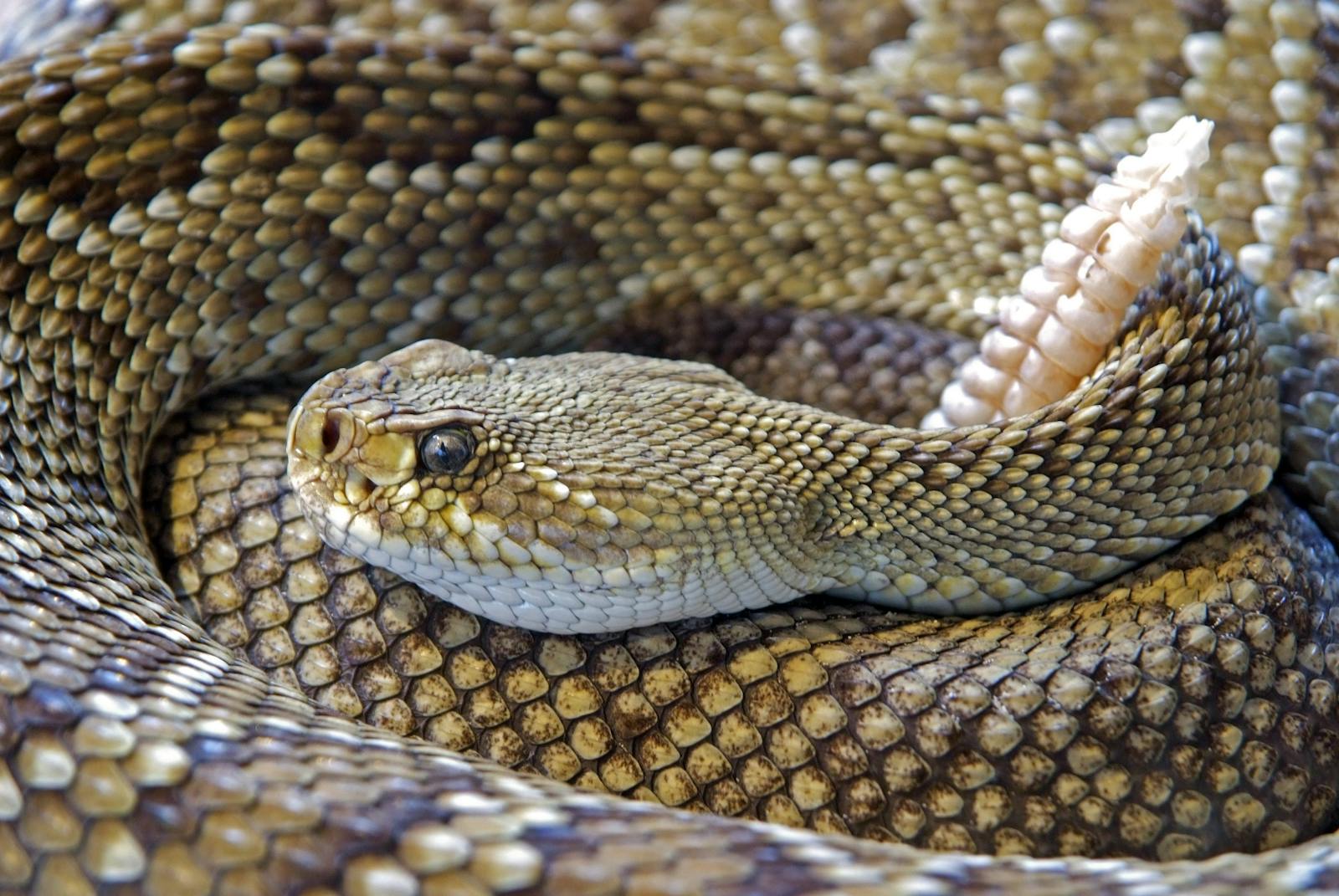
Some snakes never seem to settle on a single favorite hiding spot, instead rotating between different hides throughout the day or week. This behavior typically indicates an active, curious personality with strong exploratory instincts. Species like corn snakes, milk snakes, and some kingsnakes commonly display this behavior, reflecting their naturally active hunting patterns in the wild. If your snake regularly changes hiding locations, you have a mentally engaged pet that benefits from environmental enrichment and variety. These snakes typically adapt well to changes in their environment and may be more receptive to regular handling sessions. Providing multiple hide options with different characteristics (some warm, some cool, some humid, some dry) can help satisfy their desire for environmental diversity.
The Heat Seeker

Snakes that consistently choose hiding spots directly under or near heat sources are often communicating important information about their thermal preferences or health status. While all snakes require proper temperature gradients for digestion and immune function, those that seem unusually attracted to the warmest hide may be dealing with digestive issues, preparing to shed, or fighting off an infection. Species like ball pythons, blood pythons, and many boas may display this behavior, especially after meals when they need additional heat for digestion. If your normally temperature-flexible snake suddenly becomes fixated on the warmest hide, it’s worth checking your temperature gradient and monitoring for any signs of illness. Healthy heat-seeking behavior should be accommodated with properly placed warm hides that maintain safe temperatures.
The Cool Corner Recluse
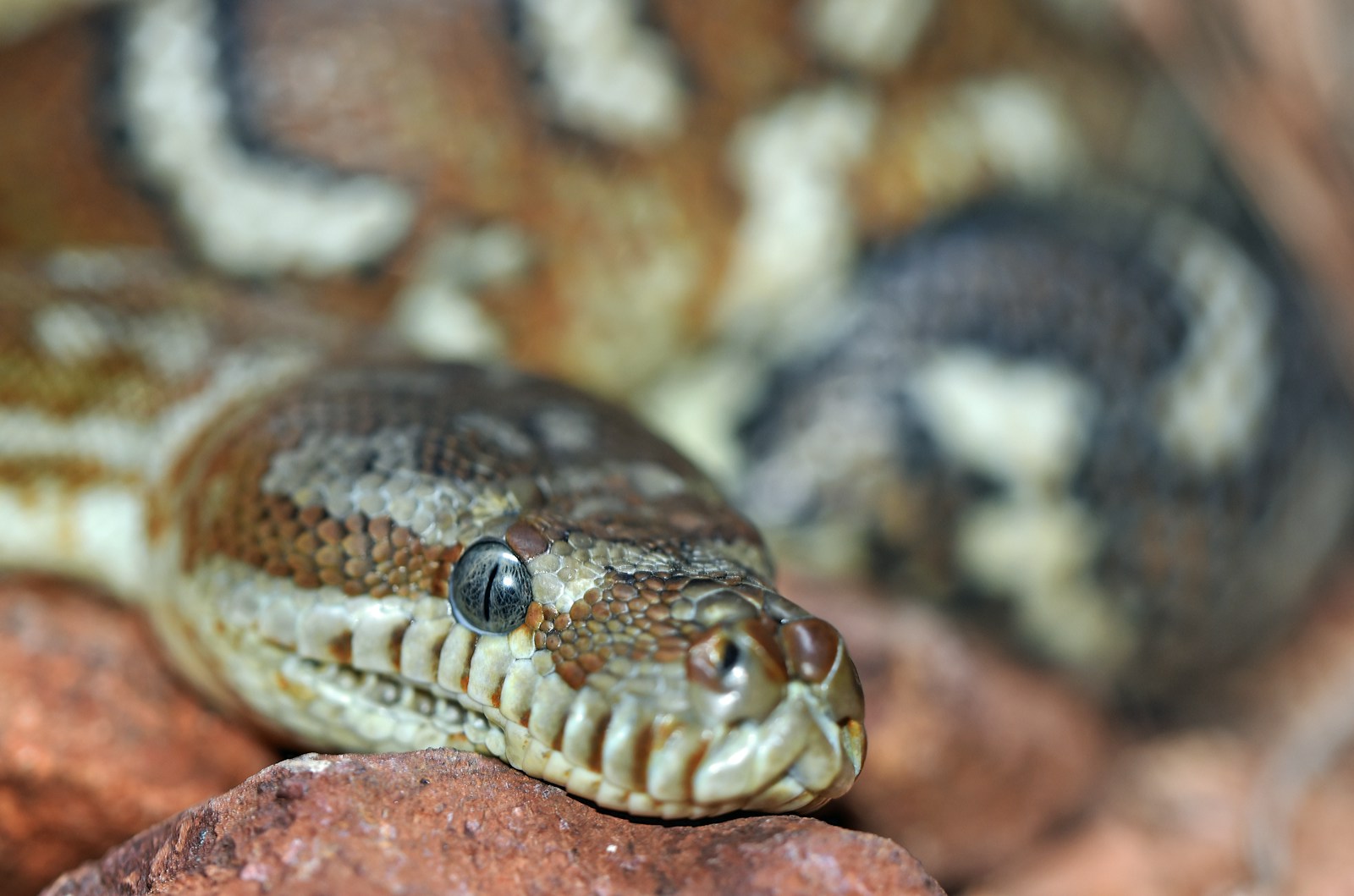
In contrast to heat seekers, some snakes consistently prefer the coolest hides in their enclosure. This preference often appears in species that naturally inhabit temperate regions or underground burrows where temperatures remain moderate. Garter snakes, hognose snakes, and some rat snake species commonly display this behavior, especially during warmer months or if the enclosure’s warm side runs too hot. If your snake regularly retreats to the coolest available hide, double-check your temperature gradient to ensure the warm side isn’t exceeding recommended temperatures for your species. Some snakes also seek cooler areas after feeding to slow digestion if they’re feeling stressed, or when they’re preparing to enter brumation (a reptile version of hibernation). Providing appropriate cool retreats is just as important as proper warm spots.
The Invisible Hider

Some snake owners become concerned when their pet creates improvised hiding spots by pushing against water dishes, moving decorations, or disturbing the enclosure setup to form concealed spaces. This behavior, while potentially frustrating for keepers trying to maintain a tidy enclosure, actually demonstrates problem-solving intelligence and determination. Snakes that create their own hiding spots are communicating that the provided hides don’t meet their security needs—perhaps they’re too large, too exposed, or not positioned in preferred temperature zones. Ball pythons and kingsnakes are particularly known for rearranging their surroundings when dissatisfied. If your snake regularly “redecorates,” try providing more size-appropriate hides that create the snug, secure feeling they’re seeking through their remodeling efforts.
The Water Hide Enthusiast

Some snake owners are surprised to find their pet partially or fully submerged in their water dish, apparently using it as a hiding spot. This behavior serves multiple purposes and can indicate several different things about your snake’s needs. For species like water snakes, garter snakes, and some pythons, soaking is a natural behavior that helps with hydration and sometimes temperature regulation. However, excessive soaking in non-aquatic species might indicate too-high temperatures, the beginning of a shed cycle, or even the presence of mites (as snakes will soak to drown external parasites). If your snake regularly uses their water dish as a hiding spot, consider providing a larger water feature that safely accommodates this behavior while monitoring for any potential health concerns.
The Multiple Hide Occupant
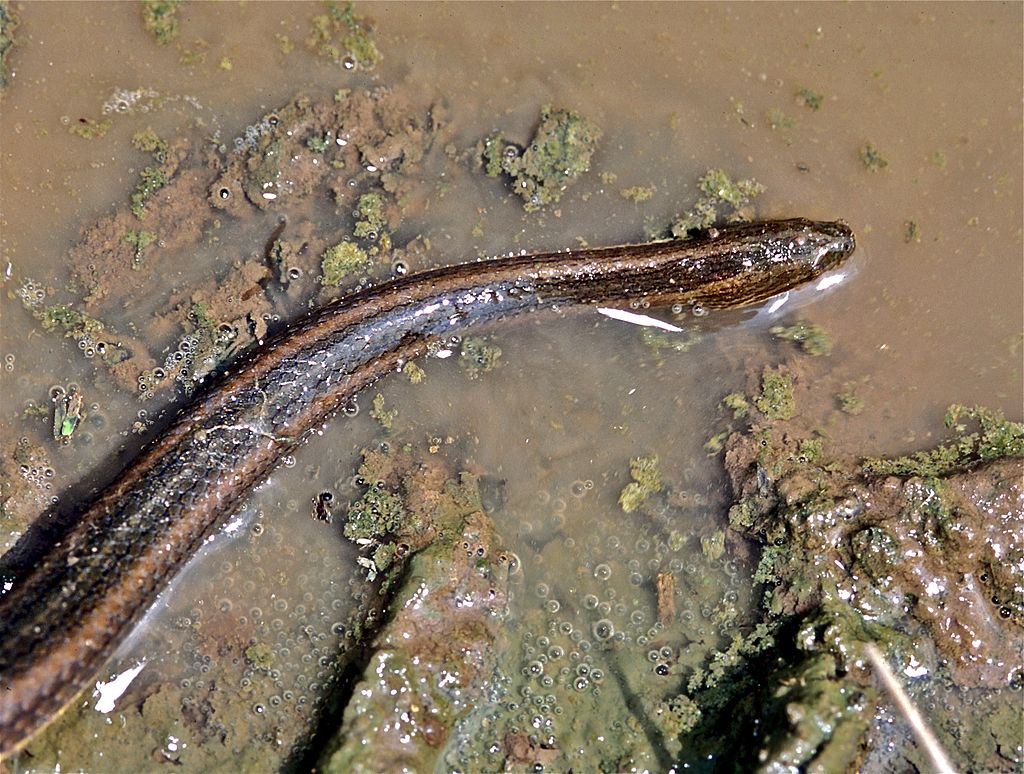
Some snake owners notice their pet doesn’t commit to a single hiding style but instead positions themselves partially inside a hide with their body extending into or through another. This interesting behavior often indicates a snake that’s striking a balance between security and environmental awareness. These snakes typically have confident personalities but maintain their natural cautious instincts. Species like corn snakes, kingsnakes, and some python species may display this behavior when they feel secure in their environment but still want to monitor their surroundings. If your snake regularly “bridges” between multiple hides or keeps their head peeking out, you likely have a curious, engaged pet that feels relatively secure in their enclosure. This behavior is generally positive and indicates a good balance of security and comfort.
Creating the Perfect Hiding Environment
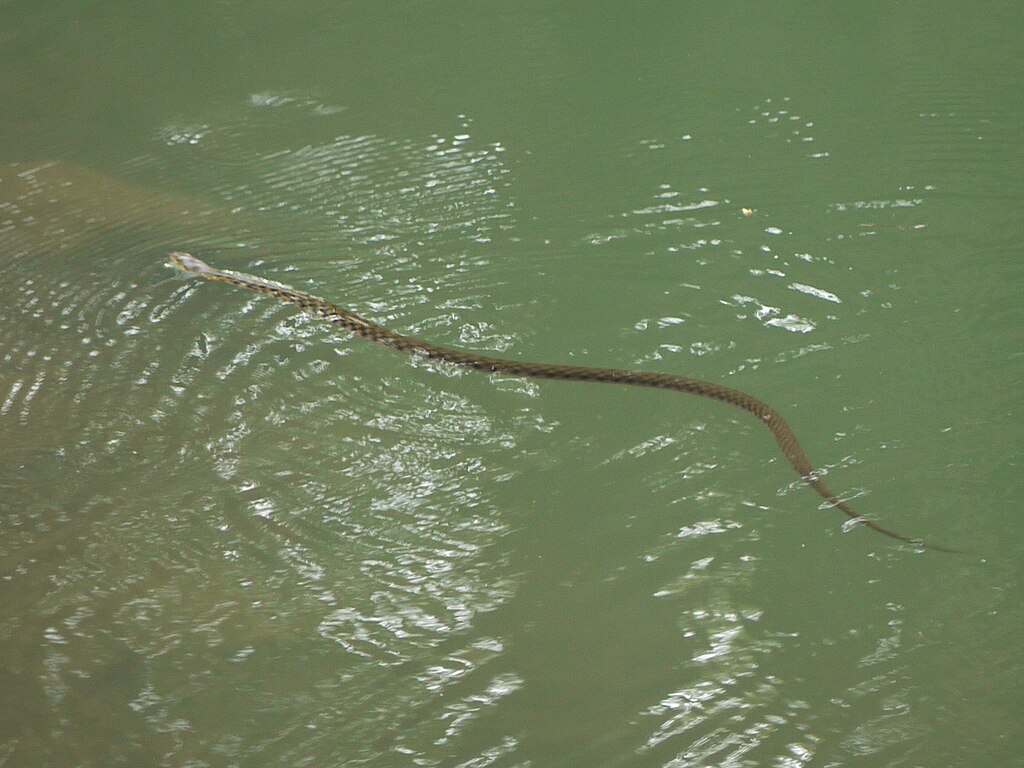
Understanding your snake’s hiding preferences allows you to create an enclosure that supports their specific personality and needs. As a general rule, provide multiple hide options—at minimum, one on the warm side and one on the cool side of the temperature gradient. Each hide should be appropriately sized, allowing your snake to fit snugly with their body touching the walls or ceiling of the hide. Materials matter too; natural options like cork bark, sanitized driftwood, and stone hides offer textural variety that many snakes prefer over smooth commercial hides. For burrowing species, incorporate sufficient substrate depth, while arboreal species need secure elevated options. The most snake-friendly enclosures feature a variety of hiding styles that allow the animal to choose based on their current needs, whether related to temperature, humidity, security, or pre-shedding behavior.
Conclusion
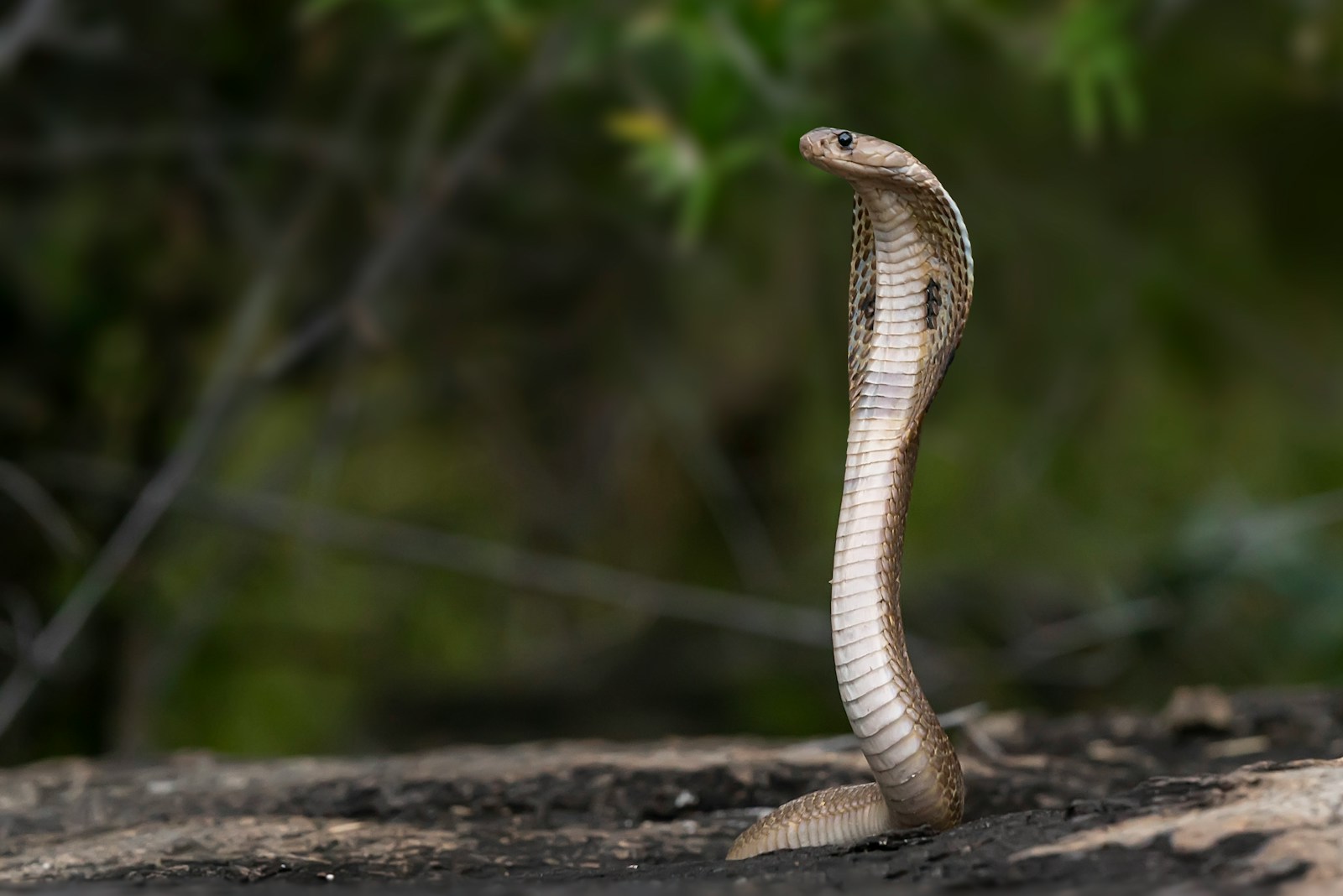
Your snake’s hiding preferences provide a fascinating window into their individual personality, instincts, and needs. By observing and respecting these preferences, you can create an environment that promotes natural behaviors and reduces stress. Remember that hiding behaviors can change throughout your snake’s life and may shift temporarily during shedding cycles, seasonal changes, or after environmental disruptions. Being attentive to these patterns helps you become a more responsive, intuitive snake keeper who can provide the best possible care for your uniquely individual reptilian companion. After all, understanding what makes your snake feel secure is one of the fundamental aspects of building trust and ensuring they thrive in your care.

